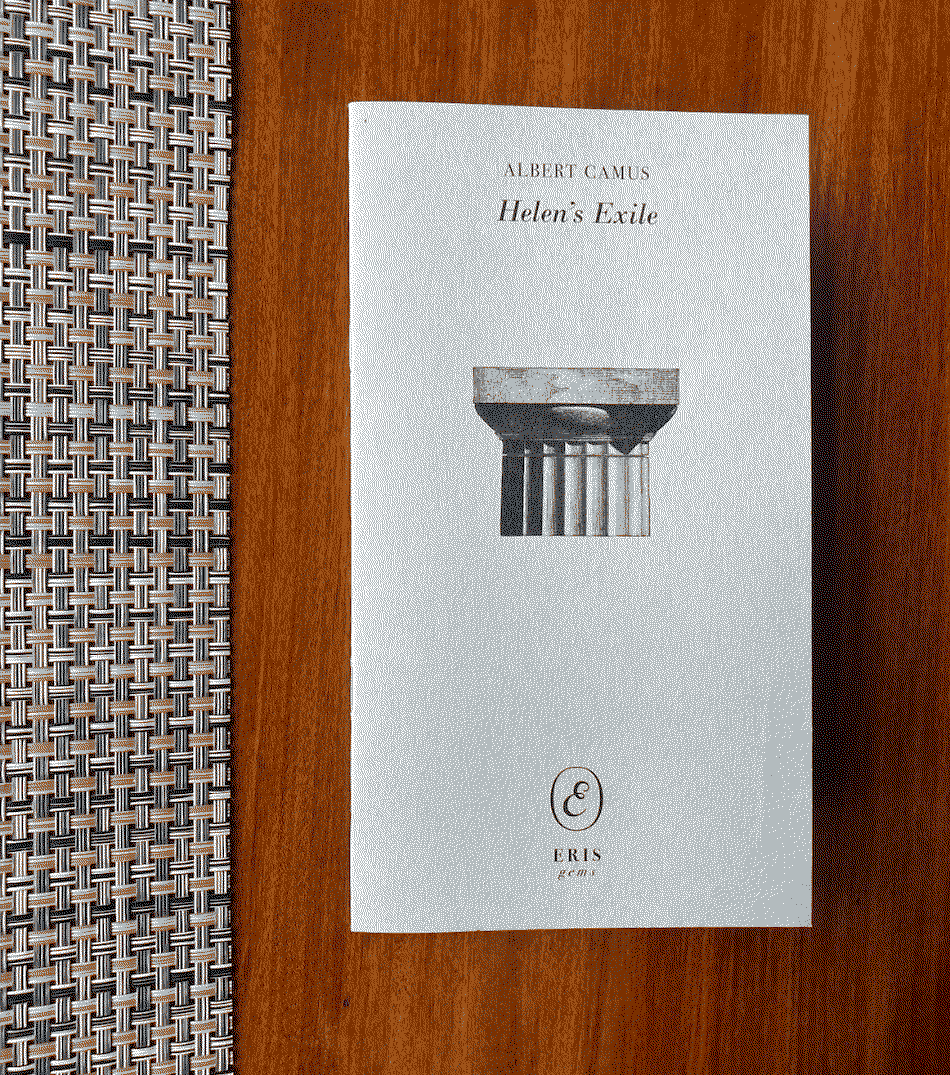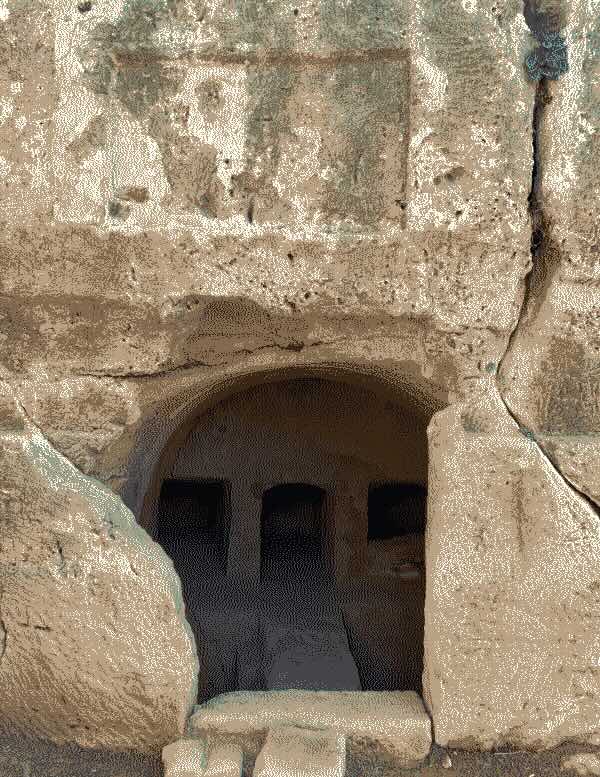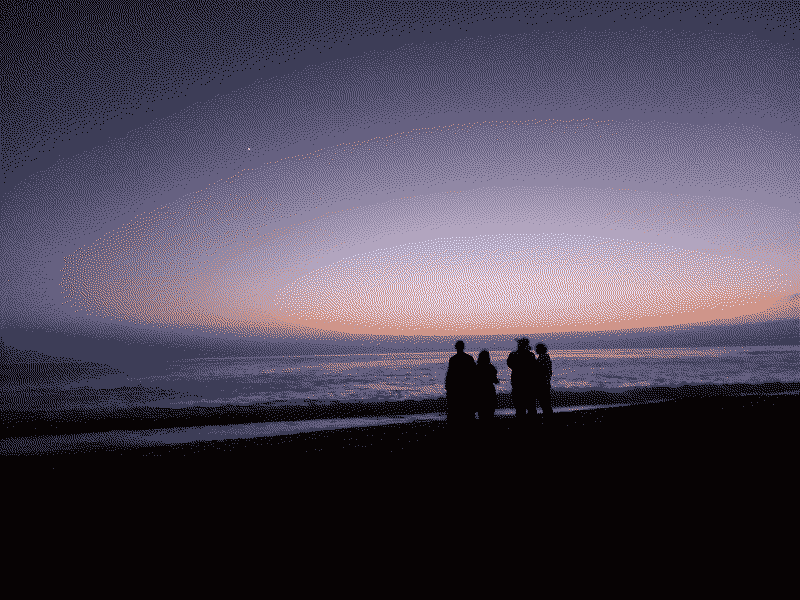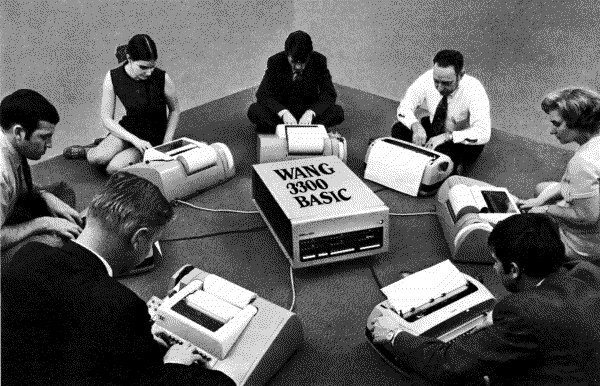Log: Movements
01.10.2025 // Helen's Exile
Cape Town, South Africa ⬔
After an early start to the day and to the month of October, we sat down with one of the essays of Albert Camus, "Helen's Exile". It proved to be especially lovely, melancholic and thought-provoking on a grey rainy day like today, and Camus' literary flair is always awe inspiring. We picked out a few of our favourite quotes, some of which can make confronting current events feel less lonely, and some of which speak to some of the other reflections posted on Comma Directory recently.

"Our Europe [...] off in the pursuit of totality is the child of disproportion."
"In her madness she extends the eternal limits, and at that very moment dark Erinyes fall upon her and tear her to pieces. Nemesis, the goddess of measure and not of revenge, keeps watch. All those who overstep the limit are pitilessly punished by her."
"In a drunken sky we light up the suns we want. But nonetheless the boundaries exist, and we know it."
"In our wildest aberrations we dream of an equilibrium we have left behind, which we naively expect to find at the end of our errors."
"We, too, have conquered, moved boundaries, mastered heaven and earth. Our reason has driven all away. Alone at last, we end up by ruling over a desert."
"Whereas the Greeks gave to will the boundaries of reason, we have come to put the will's impulse in the very centre of reason, which has, as a result, become deadly."
"Nature is still there, however. She contrasts her calm skies and her reasons with the madness of men. Until the atom too catches fire and history ends in the triumph of reason and the agony of the species."
"But the Greeks never said that the limit could not be overstepped. They said it existed and that whoever dared to exceed it was mercilessly struck down. Nothing in present history can contradict them."
"The historical spirit and the artist both want to remake the world. But the artist, through an obligation of his nature, knows his limits, which the historical spirit fails to recognise. This is why the latter's aim is tyranny whereas the former's passion is freedom."
"[Our era] wants to transfigure the world before having exhausted it, to set it to rights before having understood it."
"Whatever it may say, our era is deserting this world."
"Yet what a temptation, at certain moments, to turn one's back on this bleak, fleshless world! But this time is ours, and we cannot live hating ourselves."
"Admission of ignorance, rejection of fanaticism, the limits of the world and of man, the beloved face, and finally beauty—this is where we shall be on the side of the Greeks."
- Andrea & Marc
24.03.2025 // Portability and Resistance
Uffculme, England ⬔
Portability is a very underrated quality.
Typically, we have a set of a few tools that help us get on with our life: maybe that is a GPS, a messaging platform, a design tool, etc. When the tool we use is only available on one platform, then we are coerced into using only that platform and ceding our agency to it. When we have software that is portable, however, we are free to leave a platform and choose another. It therefore empowers the user, giving us a voice (and a choice).
Portability and compatibility tend to be the lowest of priorities for a tech company, that is unless companies find themselves obliged to build software with these two qualities in mind.
One way to make modern toolmakers prioritise portability and compatibility is by setting regulation and standards. While some argue against these type of impositions on businesses, portability and compatibility standards would also benefit companies as they would also be able to make use of the diverse tools built around these standards. However, companies would need to relinquish control, the very same control that has been taken away from users. This generates an interesting phenomenon by which adding some restrictions to what we can do when we run businesses, allows us more choice and freedom in other ways.
Another force to provoke change is through consumer demand and the market. The dominance of Internet Explorer once made it so that developers accounted only for the specifications and needs to run on Internet Explorer, making access to the internet via other browsers more difficult, and at times impossible. Internet Explorer could also leverage its dominance to set standards that permitted it to perpetuate its monopoly and, in a way, force individuals to use it. However, the growth of alternative browsers eventually forced developers to account for more than one browser. It also forced Internet Explorer to start playing nice, as it could no longer solely influence the established standards.
It might be worth asking ourselves how portable a piece of software is when we choose to use it, as well as reflect on the degree to which depending on certain software can lock us into one way of doing things or into a closed ecosystem controlled by a single vendor. And not just the software itself, but also the data it generates.
- Marc
24.11.2024 // Paphos!
Paramytha, Cyprus ⬔
Yesterday, we drove to Paphos to visit of the Tombs of the Kings, a major archaeological site and necropolis for the wealthy and powerful of the late BCs.
From the distance, we could see the white-washed city sprawling along the blue Mediterranean coast. Smaller than Limassol, but also hillier, I discovered Paphos as a place of contradictions.
Angular buildings from the 90s or early 2000s dot the long coastline. Here and there, there were some more contemporary structures mixed in. Elevators connect the lower part of the city, which we quickly discovered was all resorts and holiday rentals, with the old town that was constructed up on the hills.
A cross between charming and desolate, the old town managed to be a sort of lively ghost town. We stopped by a taverna that was full of people and live music, but the neighboring streets still felt hollow and empty, somehow. Freshly painted shops looked as if they were just about to open for the first time, while right next door the other buildings appeared to be crumbling. The minaret of a grey-stoned mosque nearby rose into the sky.
On the big roads, we witnessed cars fighting for space around rotundas, and it seemed suddenly like that’s where everyone was (if not in a taverna): in their cars, going somewhere.
From a first glance, it would be impossible to guess that this all lies on top of porous limestone and monumental ancient ruins.
The huge stone cut niches and temples we visited at the Tombs of the Kings were once filled with precious Hellenistic or Ptolemaic sarcophagi and treasure. Now, they house pigeons, native to this region, along with the recently arrived Asian hornets. The empty tombs house a damp and dusty darkness too, it’s an emptiness that feels dense. Uncanny in its weight.

What fascinates me the most about visiting archaeological sites is how the experience deconstructs a sense of normalcy; something that can also happen with intellectual discoveries. I have experienced this first-hand in the classroom, while studying history, astronomy, or literature. But at a site, the deconstructiong of normalcy happens in a very physical way. Suddenly, I am standing at the edge of this hole in the ground, and I see doric columns below me, rising up as if holding up the rock and ground that I stand on.
To borrow a cliché, my perspective is shifted, literally. The usual rules of the game, on how to interact with a building or a space, are challenged. As much as the exposure to different narratives through books and film and conversations serves to challenge our preconceptions, there is something about movement—moving through a space and experiencing distances, heights, and depths differently—that hits home. It’s a very visceral reminder of the vastness of pretty much everything: the planet, history, culture, microbiology, outer space, which is fun to encounter on a “small” island like Cyprus.

Ever since I took a history class on Salsa music and dance a few years back, I’ve been noticing how the concept of “embodiment” pops up from time to time. And if I really think about it, I had already begun to think about "embodiment" after my undergraduate capstone course on Cervantes' short stories, which feature some interesting body-centered themes.
This has been significant to me because I grew up very "mind" centered. It's interesting to think very deliberatively about what it means to be "in" a body or to be a body, especially in thinking about how movement can be an act of knowledge-making or knowledge-sharing (something we usually associate exclusively with "the mind"). And what about storytelling? I also find it interesting how controlling movement can be a powerful tool in the hands of authorities, and how encouraging certain types of movements can also foster collective myths—thinking of Youth Groups in Nazi Germany or cults that have their members do physical labor or specific types of sport. And well, there is a reason that "movement" is also used to describe social, cultural, political changes like the labor or the feminist movements.
Moving around Cyprus has been very interesting (especially without owning a car). And this visit to Paphos has definitely been a highlight of my time here. It has given me a lot to think about.
We concluded our latest mini-trip, daylight fading fast, at a curving pebbly beach, which myths tell is the birthplace of Aphrodite.
- Andrea
22.09.2024 // Chautauqua
Paramytha, Cyprus ⬔
Currently, I am reading the book Zen and the Art of Motorcycle Maintenance, and it is divided into several Chautauquas. Chautauquas began as part of a social movement during mid-20s America and they consisted of educational events full of "entertaining lectures, performances and/or concerts". The story of Zen And The Art Of Motorcycle Maintenance uses this concept to deliver philosophical insights in a way that is more entertaining to the reader, and uses, as you might guess, motorcycle maintenance to talk about what is the meaning of quality and why quality matters.
- Marc
07.09.2024 // Communal Computing
Bogotá, Colombia ⬔
One of the most beautiful ideas behind the original Unix, that I think has unfortunately gotten lost and is now underrated, is the idea of a form of collective computing. People would gather as a group and collectively build tools. The way Dennis Ritchie described it:
"What we wanted to preserve was not just a good environment in which to do programming, but a system around which a fellowship could form. We knew from experience that the essence of communal computing, as supplied by remote-access, time-shared machines, is not just to type programs into a terminal instead of a keypunch, but to encourage close communication."
Using a collection of simple tools, users would then be able to bring these together on time-shared machines and build solutions to meet the needs of their communities.

Another obvious advantage to collectively owned computers is that you retain ownership from the bigger companies, while at the same time still unlock better optimization permitted by scale. For instance, these collective computers can live in geographically advantageous regions. For example, Solar Protocol directs users to whichever server has the most sunlight.
There are a lot of advantages to empowering users to fix issues themselves, rather than someone fixing their problems for them. I wrote about it extensively in my essay The Curse of Convenience. I also see with the new LLM models a resurgence of this idea in Maggie Appleton's essay about home-cooked software. Personally, I am skeptical that LLM's will enable this revolution, but I think her essay is still worth a read!
Today, there is a communal computing system that exists, it is the SDF. It has been around since the 1987, and it is definitely marketed towards a technical audience. It hosts a set of collective computers that any member can use for any purpose (within reason). With it, people have set up a Lemmy instance and a Mastodon instance. It also comes with a free email account and a shell you can SSH into and do any kind of programming that you want.
Personally, I use SDF to host my notes with git. Doing that was as simple as ssh user@tty.sdf.org -t mkdir notes && cd notes && git init. Once done, I am able to access these notes from my phone or my laptop, wherever I happen to be. To clone it locally, I just run git clone user@tty.sdf.org:~/notes. I also hang out at their Lemmy instance.

- Marc